Although it’s mostly empty the tarpon box sits there eagerly, quivering with anticipation. It knows that very soon it will be filled, slowly, one at a time, with bright, new tarpon flies. Some will be tied with natural materials. Others will be fashioned with synthetics. All will be tied on strong, sharp, 3/0 hooks, and will be pre-rigged with leaders, 60 pound test fluorocarbon bite tippets and 20 pound monofilament class tippets.
It’s the job of the tarpon box to keep the two dozen flies safe from the elements and untangled from each other. It performs this job admirably.
The flies look jaunty inside the box, their leaders stretched out, their wings bright and colorful, and their big eyes open wide. Their job is first to entice a tarpon, a fish that could be seven feet long and could weigh 200 pounds, into eating them. Then they and their leaders are supposed to hold onto that fish long enough for the fisherman to get it to the boat, never an easy task.
The tarpon will make fantastic leaps and long, powerful runs, trying to dislodge the hook or break the leader. More often than not the fish succeeds, leaving the fisherman with nothing more than shaking hands, knocking knees, and a whale of a fish story.
Sometimes the fisherman does prevail though. Then the camera comes out, a few pictures are snapped, the tarpon is reverently revived, and the fisherman watches as it majestically swims away, none the worse for the experience. Then the fisherman looks for another tarpon, hoping to repeat the process again and again, as often as he can in the time allowed.
The tarpon run on Florida’s Gulf coast lasts but eight weeks, beginning around May Day and running until about Independence Day. During that time schools of tarpon frequent shallow waters from the Everglades up into the Panhandle waters, where tarpon fishermen search for them. Once the run is over the fishermen disperse, repairing and cleaning their tackle, tying new flies, telling stories about the big ones that got away, and laying plans for the following year.
It’s my favorite time of year. I’ve got to go now because although it’s mostly empty, my tarpon box sits there eagerly, quivering with anticipation.
John Kumiski
http://www.spottedtail.com/
All content in this blog, including writing and photos, copyright John Kumiski 2011. All rights are reserved.
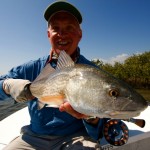
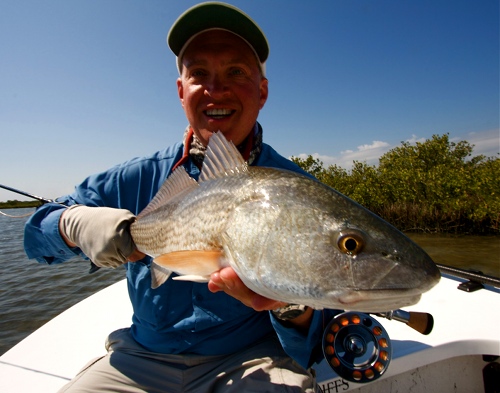
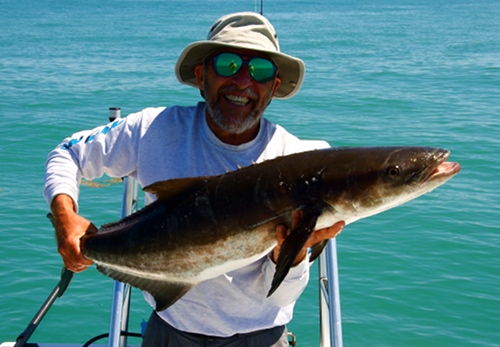
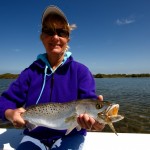
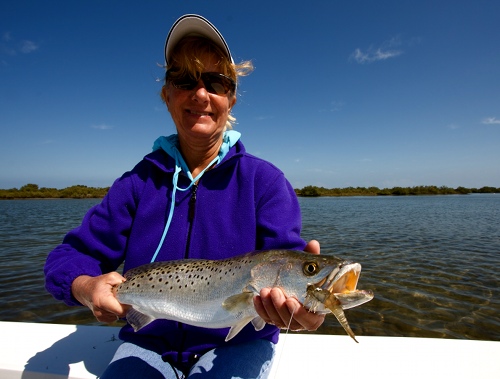


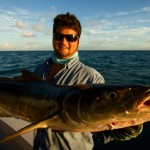
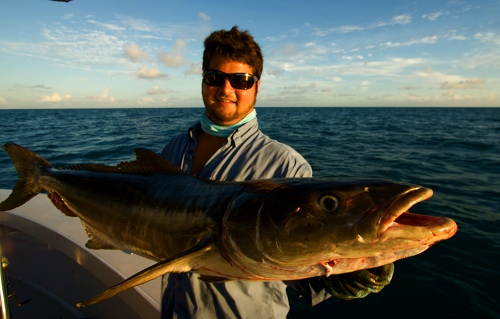
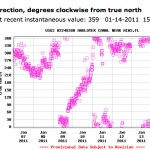
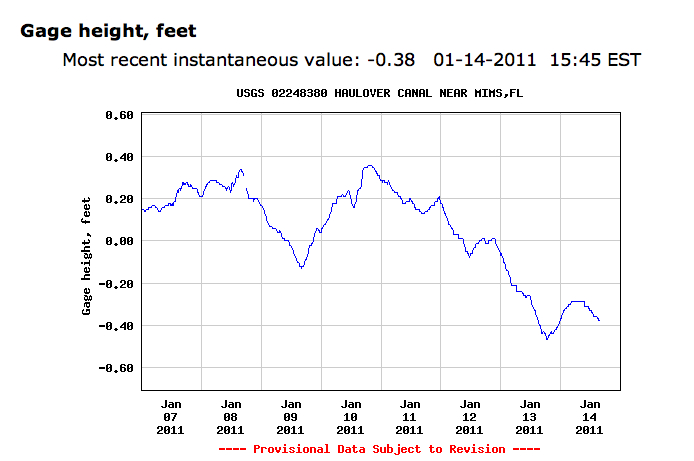
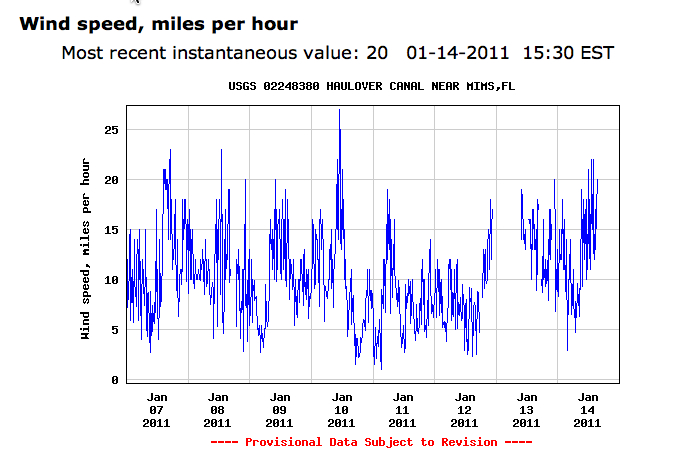
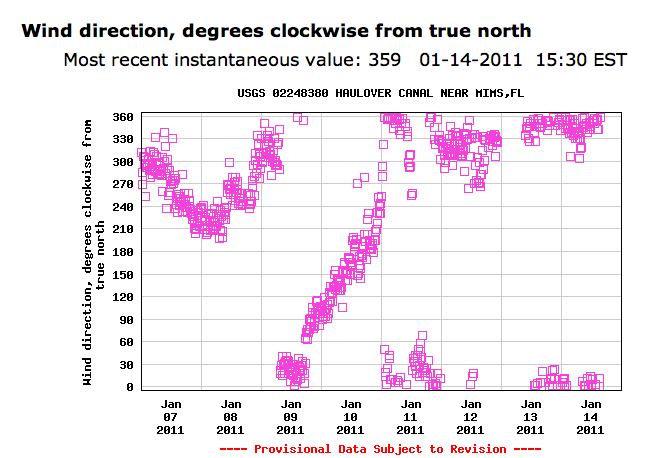
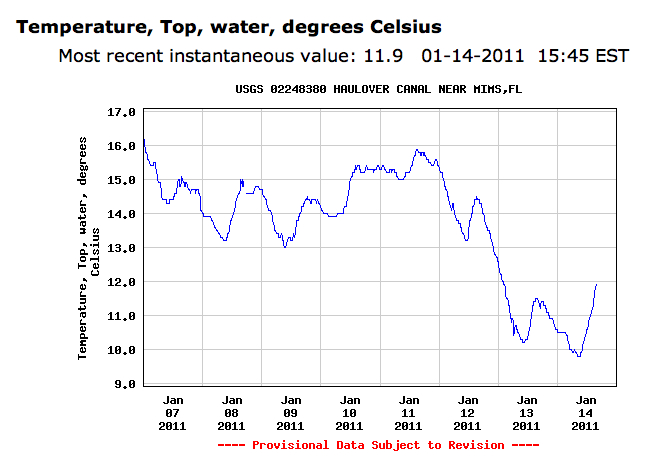
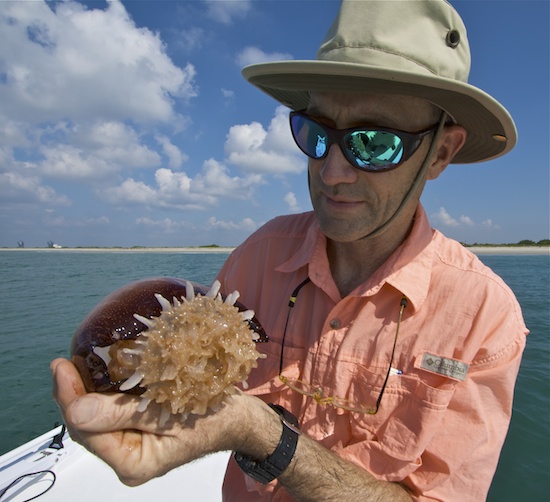
Recent Comments